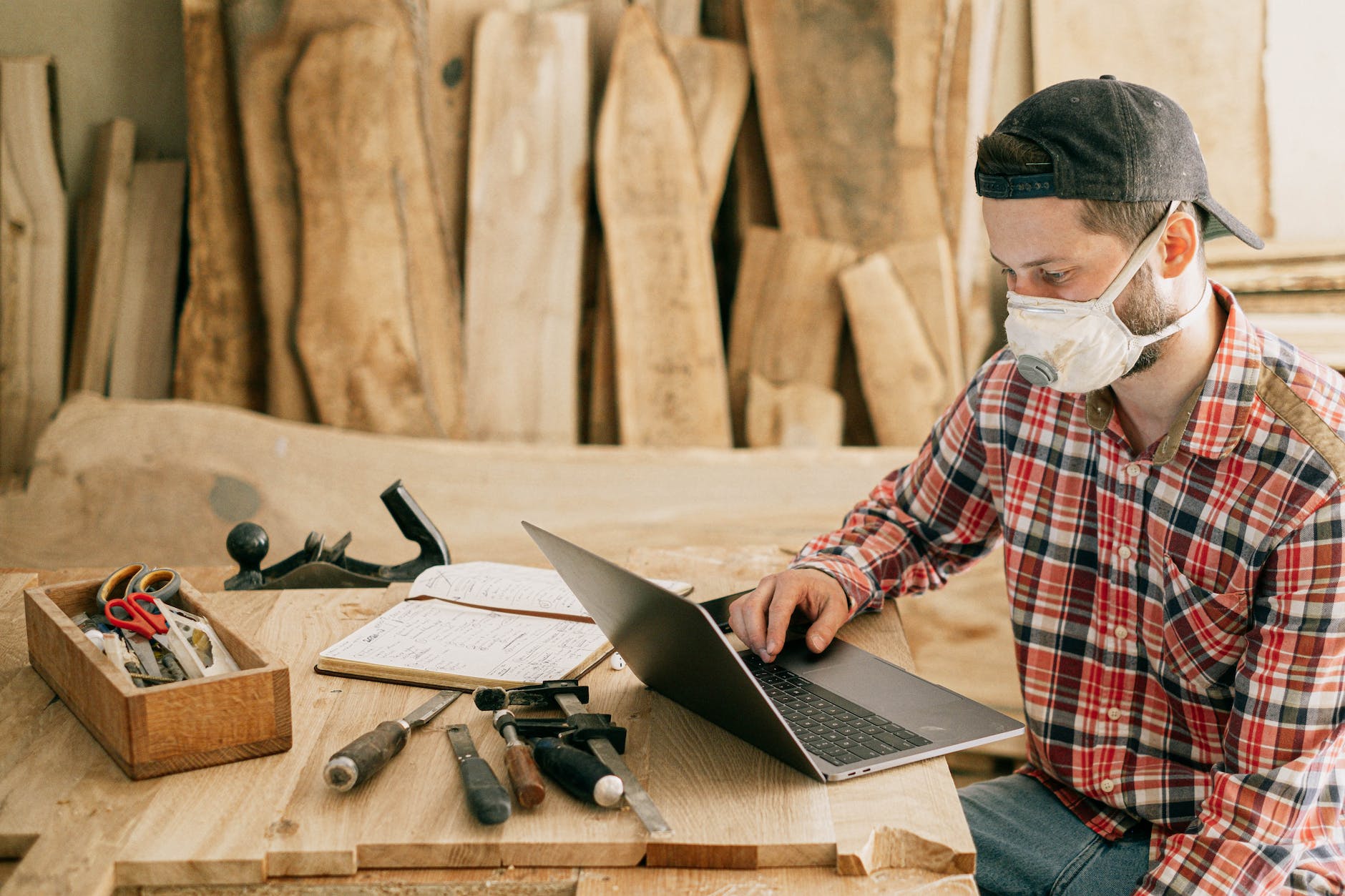
Additive Manufacturing Solutions: What are the Differences Between PBF and DED Machines?
Additive manufacturing solutions, also known as 3D printing, refers to a process of creating three-dimensional objects by depositing successive layers of material until the object is completed. Unlike traditional manufacturing methods that involve subtracting or molding materials, additive manufacturing builds up layers of material, one at a time, to create the final product. Two of the most common solutions, when it comes to building parts through metal printing, are PBF (Powder Bed Fusion) and DED (Directed Energy Deposition) machines. Here are the differences between the two and the benefits they each offer.
What to know About Additive Manufacturing Solutions?
The process of additive manufacturing solutions (AMS) is controlled through a computer. Inside, there is a software that can read 3D digital model images and translate them into objects. To do so, it uses a variety of techniques to fuse the materials together. They can be used for a wide range of materials, including plastics, metals, ceramics, and composites, and can be applied across many industries, from aerospace and automotive to healthcare and consumer goods.
It is its ability to create complex objects in a relatively short time, compared to other manufacturing processes, that attracts companies towards these technologies. They use these machines for rapid prototyping, small-run manufacturing, as well as for customized production. It is also recognized as an environmental way to manufacture products. That is because it has the potential for reducing material waste. All in all, these technologies have been gaining ground on their competitors ever since they were invented back in the 1980s and brought to market in the 90s.
Powder Bed Fusion Technology
Here is a simple explanation of how powder bed fusion technology works. As its name mentions, it uses a powder bed as a base. In this process, a high-powered laser is used to melt and fuse together the individual particles of the powder bed, in order to create a solid part, which is built layer by layer. The laser is precisely directed by a computer which indicates which areas of the powder need to be melted. Once the first layer is completed, the powder bed is lowered down and the process is repeated again and again, until the part is finally complete.
Powder Bed Fusion technology enables the production of highly complex designs. If the same objects were to be built through traditional manufacturing processes, they would either require many steps in order to be completed, or it simply could not be done. It should be noted that it is ideal for small to medium-sized parts. Here are some of the most important benefits the technology brings to companies that use it.
- High precision and accuracy
- Excellent surface finish
- Able to produce complex geometries and internal structures
- High-quality consistency and reproducibility
DED Technology
Directed Energy Deposition (DED) is also an additive manufacturing technology. Its process is similar to the powder bed fusion technology as it uses a focused energy source to melt and deposit material layer by layer, in order to create a 3D part. However, DED can use a variety of energy sources including electron beams, laser beams and plasma or welding arcs. The biggest difference with DED technology is that the material is fed into a deposition nozzle or a powder feeder – not on a powder bed.
This technology also creates parts with good precision. It enables designers to create objects that are more complex and that can be formed of a variety of alloys. One of its most important characteristics is that DED technology offers real-time monitoring of the manufacturing process parameters. This is what helps to create high-quality parts as the temperature, the deposition rate, and the energy input are always under total control. It is also suitable for repairing or adding material to existing parts. Finally, let’s mention that it possesses the same ecological quality than the previous technology, as there is no waste when manufacturing through this process. Here are some of its most important benefits.
- Able to produce large and complex metal parts
- Faster elaboration for large parts
- High deposition rates
- Less costly than PBF machines
How to choose between Powder Bed Fusion and DED Technologies?
The choice between PBF and DED machines depends on the specific requirements of the company that will acquire it. In general, PBF machines are ideal for small to medium-sized parts that require high precision and accuracy, while DED machines are best for large and complex parts. As we just mentioned, PBF machines are more expensive than DED machines. This is certainly something to take in account.






